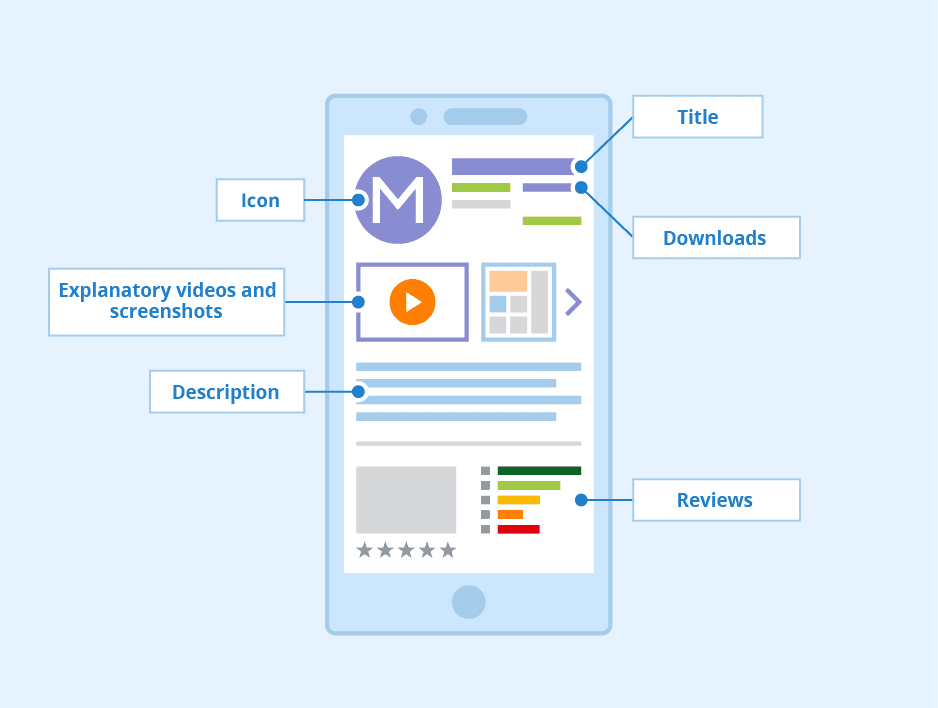The coronavirus has changed social norms, from shopping habits to how we communicate with one another.
After the pandemic, companies struggled to keep their sales at the same pace. They had to figure out a new business strategy because people aren’t spending money. As a result, businesses have been restrained by lockdown and everything but essential services have closed – along with rising death rates from the virus.
The amount of time needed to adapt to new changes in the retail industry is ever changing. 81% of U.S. small businesses say they have felt long-term impacts from COVID-19, with 87% preparing for an economic slowdown.
A New Kind Of Customer Is Emerging
Buyers have become more digitally aware in many countries. Even though buying power is still strong, it’s not only buyers who are changing in this evolution.
Businesses are starting to innovate in the digital space and they are looking to add more value to their customers’ lives.
Many governments around the world imposed physical distancing and lockdown protocols and the pandemic caused billions of dollars losses in the retail industry, so sellers are looking for alternatives to their physical presence.
According to a study by Bazaarvoice, 49% of consumers worldwide were shopping more often online during the pandemic than before. Retailers have started to strategize their moves and to take their brands on the high roads of digital success.
Sadly, COVID-19 is not going away anytime soon.
If the present situation continues, customers will still distance themselves from shopping, and head toward ecommerce.
Interactive media is where the future is headed, which has been shown in search trends to buying habits. To increase your customer base, you should use innovative strategies to market your company on these platforms.
In a lockdown, 88% of the global consumers reported they plan to stick with the new brands they tried. This has retailers on their toes as they try to meet consumer demand.
Business owners need to prepare for the post-COVID-19 era: Brands need to be creating a CX that prioritizes the customer. Businesses have an opportunity to stand out and earn the loyalty of customers while the pandemic is still ongoing.
The future of the Internet is all about how people are going to experience it. Current research shows that 86% of people will likely spend more on a product in order to get a better customer experience. After all, you are the consumer. Hundreds of brands are available to choose from. Which will you pick? Companies are using AI to provide more pleasant experiences, making it easier for customers to purchase items online.
A survey of small and mid-sized businesses found that 25% either invest in new technologies or upgrade their current setup to adapt to the rise of pandemic conditions.
Thanks to online technology and the internet, the need for brick-and-mortar stores have decreased. The need for retail apps is prevalent because of their popularity in online communities.
Mobile apps are one of the best ways for brands to reach their target audience and generate connections with consumers for a personalized experience.
The New Normal For Your Business App

You’ll see more investment in APM (application performance monitoring). This technology is top on a list of digital transformation trends that you will see even post-pandemic.
APM allows you to track how your application is performing. They allow businesses a way to focus on features that will help the end user as well as detect and troubleshoot any problems.
Research has shown that 91% of companies who implemented AI through their operations have had excellent outcomes, such as improved user experience and better customization for individual clients.
As a retailer, you know what your customers need. In order to stay on top of consumer trends and make more profits you need to build or incorporate services that match your customer’s demands.
What Your Retail App Should Be Offering
Here are some insights you need to consider.
Provide ‘In the Moment” Shopping Experiences
Tiffany Hogan, a Kantar principal analyst, said “a store has to be just as exciting, or more exciting to shop online and as easy to shop.”
Brands should cater to customers on multiple platforms and in-person experiences. Reviews, even positive ones sometimes, are important for online brands because of how easy it is for a customer to look elsewhere.
What’s Next?
Retailers are trying to create a new type of shopping experience by integrating augmented reality, virtual reality and artificial intelligence.
For example, Sephora has a virtual makeup application app but also offers products like lipstick and eyeliner virtually. They are also following COVID protocols for their brick and mortar stores to amp up services. This is adding value to the customers and making more sales opportunities.
AR and VR can help shoppers purchase products from brands before they actually invest in a product.
The retail sector can expect an increase in the purchasing and usage of AR and VR technologies. According to Statista, by 2020, spending on these technologies is projected to reach $7 billion and distribution spending could reach $4.4 billion.
Open Channels of Communication
Social connections are important to humans. They want to buy from brands they feel a more personal connection with. 76% of consumers would want to buy from a brand that was interacting with them on a personal level.
Chatbots provide easy access to the information customers need in order to successfully use a product. Retail brands will have to use AI and ML since they can self-support customers through chatbots.
With the use of Chatbots, retailers have seen an increase of 86% within 3 months. It has helped retailers cut down on phone time and offer better customer services online.
The customer care trend is growing and messaging apps are leading the way with their easy self-help service options. You can set up polls or answer questions on platforms to provide your customers with quick and expert help.
Experts predict that by the end of 2020, 80% of new enterprise applications will use chatbots.
Chatbots can also help deliver more accurate suggestions, exclusive access to previews, and create a more highly personalized atmosphere. It can help deliver suggestions with accuracy, offer previews of exclusive content, and provide a highly personalized atmosphere.
Support An Ominichannel Experience
Retailers looking to stay competitive will need to provide omnichannel experiences and invest in integration across channels.
A challenge to retailers is providing consistency. People are open to different levels of service, but some customers will only settle for perfection
For instance, the IKEA app focuses on meeting a high standard of user experience.
The same customer experience is consistent with stores and the app. The company invests heavily in the shopping experience to make it pleasing.
IKEA was one of the first retailers to use augmented reality in their furniture showroom
When IKEA launched its new app, it provided a place to find inspiration and design ideas as well as facilitating online shopping. IKEA is claiming that the app will help shoppers find inspiration and purchase from their phones.
IKEA has an app that helps other retailers who want to try omnichannel shopping. Retailers need to realize their capabilities and should allow seamless transition between online and offline shopping.
Support An Ominichannel Experience
Shopping will continue to increase as both back-to-school and holiday shopping hits retailers head-on. Retailers need to be sure that their online payment systems are secure and fast, but in-store customer experience must also be efficient.
Nearly 25% of shoppers are looking for contactless payments. 58% of retailers already accept contactless cards, an increase from 40% last year.
The emergence and growth of contactless payments won’t slow down anytime soon. In a survey, 94% of shoppers reported that they anticipate contactless payments to increase in the next 18 months.
Walmart is using technology to better serve their customers. The retail store is testing cashier-less stores, which will help prevent the spread of coronavirus and speed up checkout time.
Another way that Walmart is responding to COVID-19 is by using a touch-free payment system where customers can simply use their phone to make a purchase, or add money to their Walmart shopping app.
With their Walmart Pay payment option, shoppers scan the QR code on their phone with the app to make purchases.
Bottom Line
COVID-19 is responsible for the integration of many new trends, including apps. When you have an app, you can connect with consumers and create a high level of customer satisfaction.
The best experience for customers comes from using apps, like quick deliveries and supply chain transparency. But the critical question is, are you ready for what comes after the COVID-19 revolution?



